This year, The Marshall Project celebrates its 10th anniversary. Founded by Neil Barsky, the nonprofit newsroom’s name honors the late Supreme Court Justice Thurgood Marshall. Its stirring reporting is focused on the criminal justice system and the people impacted by it.
Ruth Baldwin joined The Marshall Project when the organization was just 15 people strong. She started as communications director and director of development.
“I can remember, we were in Neil Barsky’s — our founder’s — office. Bill Keller, [former editor-in-chief], was on board. We immediately hit the ground running. We had a great number of terrific stories. One that comes to mind is “Attica’s Ghosts” by Tom Robbins. … Dana Goldstein was with us at that time and had some wonderful pieces. From the get-go, the stories connoted the seriousness with which we would approach the journalism and investigations,” Baldwin recalled. She subsequently was named editorial director.
The Marshall Project’s Editor-in-Chief Susan Chira spent nearly 40 years in various roles for The New York Times. She was the first woman to be named foreign editor and led the international desk during profound global events, such as the wars in Iraq and Afghanistan and the Arab Spring. She went on to be deputy executive editor, overseeing daily news operations across all desks. After 20 years in senior management, Chira found she missed writing and began pondering a post-Times career. She’d admired the journalism coming out of The Marshall Project, so when the opportunity to lead the newsroom presented itself, she made the leap.
“The subject is fascinating and, frankly, very broad for a single subject. It encompasses so much. There’s so much to write about, so much to expose, so much to think through,” Chira said of the mission.
Unlike other news organizations that have struggled with DEI hiring, The Marshall Project has been driven and intentional about building a team diverse in demographics, lived experiences and perspectives on the criminal justice system.
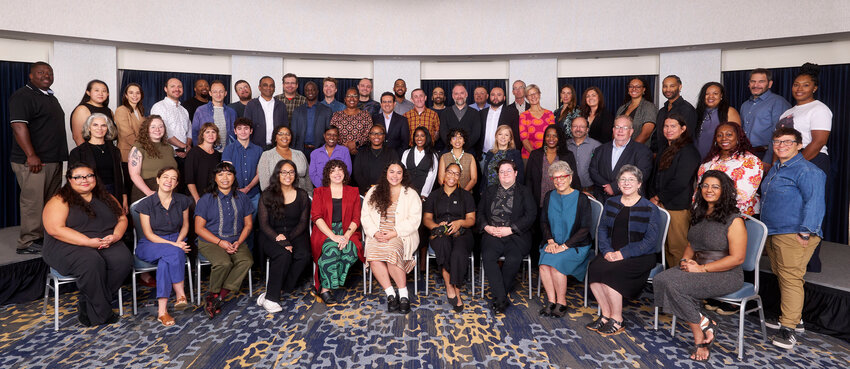
“When I came to The Marshall Project, it was clear to me — and to President Carroll Bogert — that we had to make sure there were people with power to make decisions and affect careers, who are diverse in every way,” she said.
That’s required retooling recruitment and hiring practices. For example, they consider life experiences and whether candidates have successfully worked in collaborative environments as much as they consider career length. They’ve reformatted job postings and modified how they interview candidates. At least two hiring managers review applications. During interviews, candidates are asked standardized questions in the same order to prevent bias.
“We’re not an advocacy organization, so I have to make clear to people who want to work at The Marshall Project that we are fact-based, and while we have a mission or operating premise that the criminal justice system is broken in many ways, we really have to approach every story with an open mind — not casting anyone reflexively as a hero or a villain. I believe the most effective stories are often very nuanced and complex,” Chira said.
A broad, but unique audience
The Marshall Project’s audience is notably diverse, as well — legislators and public officials, professionals working in the justice system or law, people with direct experience with the system or their family members and loved ones.
Thanks to “The Marshall Project Inside” — a multimedia initiative that includes a magazine and video productions — they reach people who are currently incarcerated.

“We’re in more than 1,300 prisons and jails, and that distribution network is really hard to build. We’ll continue to add to it,” President Carroll Bogert said. “These are local institutions. You have to get buy-in at the local level — the warden, the corrections commissioner, the prison librarian. That’s how we’ve built that, and it’s a unique investment by The Marshall Project. There’s no other media organization that prioritizes this audience of incarcerated people, which is almost two million people in our country. Our commitment to that will not waver.”
Their work has been honored with numerous journalism awards, including a Pulitzer Prize in National Reporting for “Mauled: When Police Dogs Are Weapons,” which they produced with partners AL.com, IndyStar and Invisible Institute.
Partnerships are now part of the model, not just with large news agencies, including The New York Times, The Washington Post and NPR, but also with local newspapers, broadcast and radio outlets.
“If we are on the front pages of the local paper, that is what legislators or lawmakers are seeing, and that could lead to change,” Editorial Director Baldwin said.
Partnerships have been mutually beneficial. “Often, they don’t have the time to work on stories or access to data, or data visualization capabilities and other things that we can help provide,” Chira explained. “We also avoid a kind of big-footing, where we go into somewhere we don’t know enough about and make elementary mistakes or a have failure of nuance.”
Mapping strategic growth
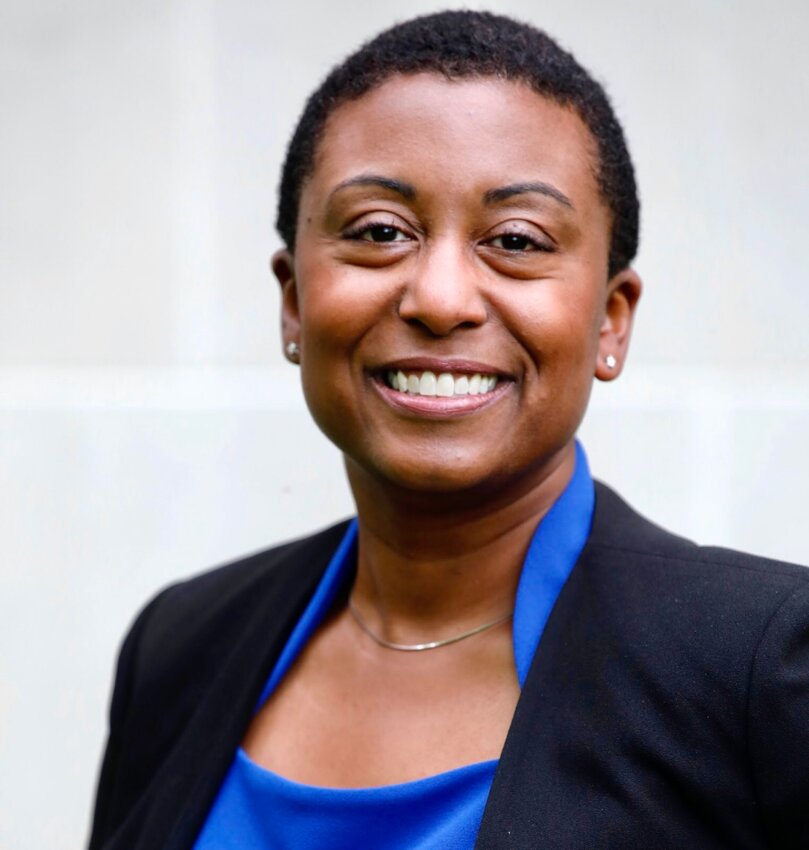
Ebony Reed was on book leave from The Wall Street Journal’s newsroom in 2021. She co-authored the bestseller, “Fifteen Cents on the Dollar: How Americans Made the Black-White Wealth Gap.”
“I learned in the reporting of this book that you cannot talk about wealth inequity and Black Americans in this country without intersecting with the criminal justice system,” Reed said. “Many of the African Americans we chronicled in the book — who are the main focus — had family members, if not themselves, who had direct interaction with the justice system, civil or criminal.” She shared this in conversation with Carroll Rogert, who recruited her as chief strategy officer, focused on growth opportunities.
The Marshall Project now has satellite bureaus in Cleveland, Ohio; Jackson, Mississippi; and soon, St. Louis. They’ve launched a film festival this year and are hosting events. In late September, Managing Editor Marlon Walker hosted a community event in Jackson, with panels and community conversation, Reed noted.
And their influence on the broader news community is growing.
“When I started my career 20-some years ago, back in Cleveland at my first job as a reporter — I was a night cops reporter and worked the 4 p.m. to 1 a.m. shift, not glamorous, at the Cleveland Plain Dealer — newspapers had maybe a dozen people across the region that had some type of beat tied into the criminal justice system. That doesn’t exist anymore in our country,” Reed said.
“The Marshall Project brings to the industry landscape very well-trained, experienced journalists in investigations, data and knowledge of the justice system,” Reed added, pointing to the partnerships with other news outlets as just one example.
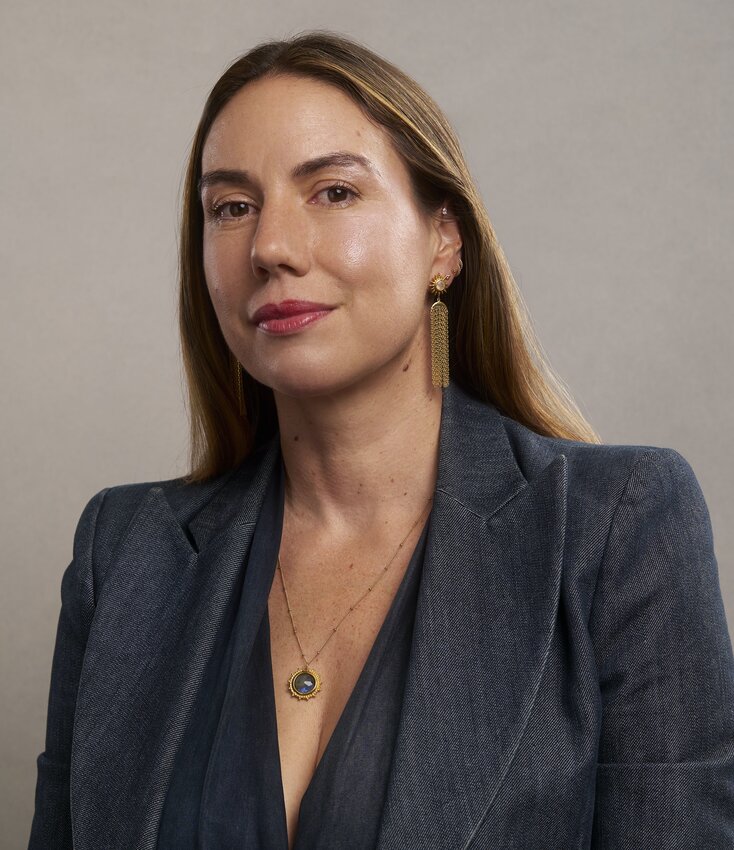
“We’ve done a lot of work on language guidance — word choices that we use as part of our Language Project,” Editorial Director Baldwin offered another example. “That inspired some changes at the AP.”
“We’re trying to think about how we can raise the level of coverage in criminal justice,” Baldwin continued. “One recent initiative is ‘Investigate This!,’ where we’ve created toolkits and how-to guides about working on big, national investigations. We want to enable smaller newsrooms that may not be as well-resourced as we are, so they can do their own versions of these investigations.”
Baldwin said she’s excited for The Marshall Project to collaborate more with local TV and radio stations and experiment with original storytelling on social platforms like Instagram and TikTok.
The operating budget has also grown. Bogert told E&P that when she joined The Marshall Project in 2016, the annual budget was $4 million; for the current fiscal year, it’s $19 million.
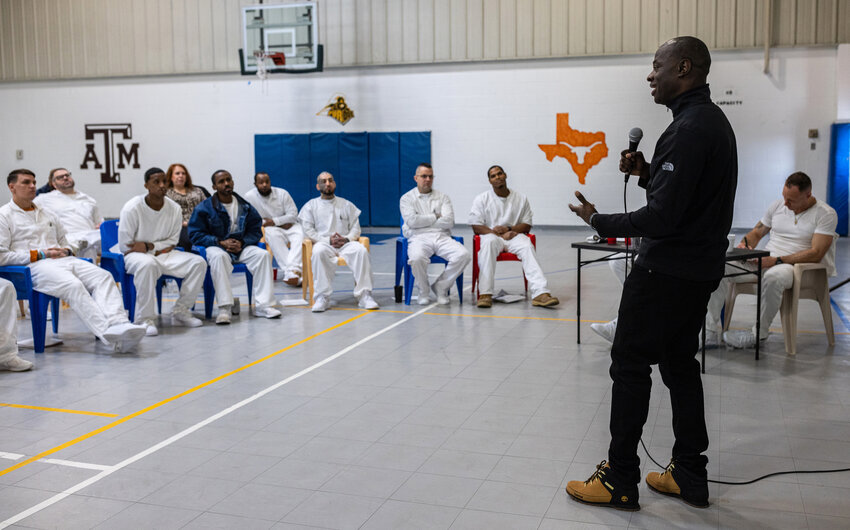
As president, Bogert’s chief responsibilities are sustainability and fundraising. These are constant concerns. She estimates there’s about a 50-50 balance between large philanthropic funders and small donors. “We define small donors at $5,000 or less, and they are bringing in about a million dollars a year. About 20% to 25% of them have had some personal experience with incarceration. They’ve been incarcerated; their dad is incarcerated, or a brother, mother. They know the system well and see the value of our work,” Bogert said.
Over the past decade, there seemed to be growing bipartisan agreement that criminal justice reform is needed. But that bipartisanship has “frayed,” Bogert observed. Worse, at the national level, the rhetoric has become toxic and exploitative.
“We saw crime rates being highly politicized, particularly in the 2022 midterms,” Bogert said. “Crime rates did something really interesting during the pandemic. They shot up, and then they shot down. We’ve written a lot about this. Experts disagree about why that happened and what drove it, but politicians have certainly continued to make hay of it without much regard for the data. We do our best to correct for that and to fact-check a lot of the rhetoric around this.
“But at the local level, people are practical,” Bogert continued. “Mayors and governors have to solve problems. That doesn’t mean that they don’t fall victim to the political winds of the day, but it does mean that, if your prison is being run without enough prison guards, you have to deal with that fact, whether you’re a Republican or Democrat.”
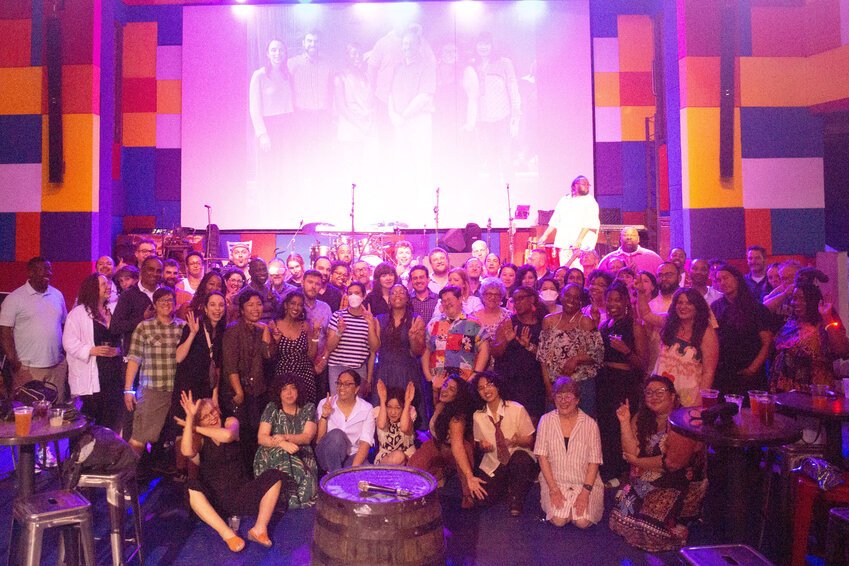
What will the next 10 years look like for The Marshall Project?
“Impact is our North Star. We have an impact page on our website. We publish three different impact reports every year. We started publishing an impact report just out of Cleveland, because our local newsroom there is having so much impact, it deserved its own publication,” Bogert said.
There’s also the impact the organization is having on the broader news community.
“Media is now paying more attention to criminal justice than 10 years ago,” Bogert observed. “I don’t want to say that’s all because of The Marshall Project. Obviously, it has a lot to do with cell phone videos of police shootings, the murder of George Floyd and a lot of factors. But I’ve had people in the media business say to me, ‘You know, the fact that The Marshall Project consistently produces excellent journalism on this one subject has forced the rest of us to lift our game.’ I think we’ll continue to play that role.”
 Gretchen A. Peck is a contributing editor to Editor & Publisher. She's reported for E&P since 2010 and welcomes comments at gretchenapeck@gmail.com.
Gretchen A. Peck is a contributing editor to Editor & Publisher. She's reported for E&P since 2010 and welcomes comments at gretchenapeck@gmail.com.
Comments
No comments on this item Please log in to comment by clicking here